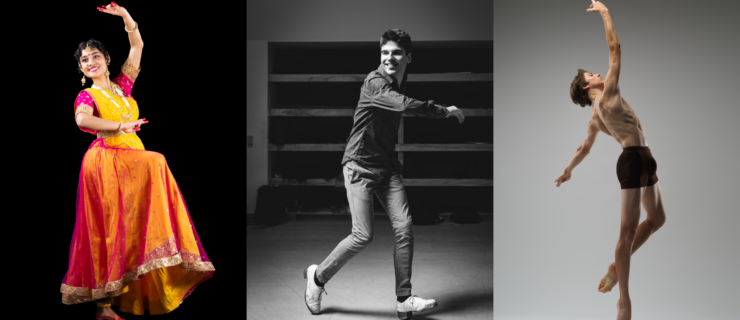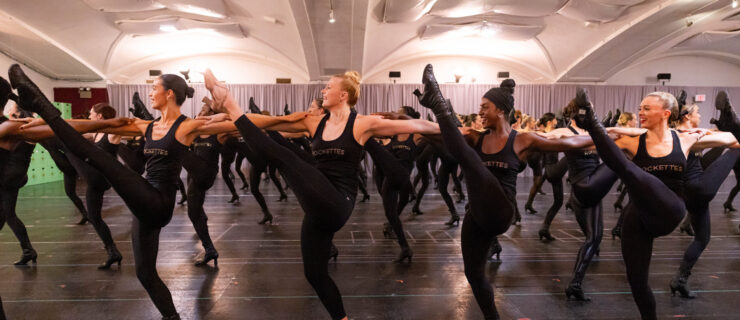Tune Up Your Tapping Tone
“Imagine if a vocalist sang everything in monotone,” says Michelle Dorrance, whose company will perform its evening-length ETM: Double Down in England and Germany this summer. That’s the equivalent of a performance without a diverse array of flat slaps, deep-bass heel drops and high, tinkly taps—it’s one-note. Tappers “are dancers and musicians, and we have such a range of possibilities within a single step, from our sound quality and pitch to volume and dynamics,” Dorrance says. “In order to be a sophisticated artist as a tap dancer, developing an ear for tonal clarity and understanding the physical execution it takes to create different tones is endlessly important.” Here’s what you need to know to go beyond the monotone.
Map the Tap
So what is tone, exactly? “Tone is the nature and/or quality of your sound,” says Dorrance. “It’s the color, the timbre, the feel.” And you can create different kinds of sounds out of the same tap, explains Aaron Tolson, a New Hampshire–based performer, choreographer and teacher, and the founder of Sole Power Fitness, who performed in NYC for six years. “It’s not necessarily about volume or pressure, but about placement on the tap,” he says.
The tip of the tap, by the front screw, for example, gives you the highest-pitched sound. The inside edge of the front tap gives a rich, deep tone. Both sound far different from the center of the tap, where most beginner shuffles live, and which gives off the flattest sound.
Your physicality, tools and environment—literally, what’s under your feet—are all factors in tone too. Tolson also believes the type of shoe you wear makes a difference. He recommends a shoe with a heavy leather bottom and a wooden heel. “A professional shoe will give a better sound than an inexpensive one,” he says.
 Aaron Tolson performing a tap solo (photo by Andy Yu)
Aaron Tolson performing a tap solo (photo by Andy Yu)
Throw Your Weight Around
Beyond these external factors, tone is a choice, Tolson says, so you have to be deliberate. The same attention to detail you bring to your ballet alignment will help you here, not only as you try to control the type of sound you want, but also as you work to execute the step clearly. Even subtle adjustments can make a difference. “The way the foot and leg approach the floor—the angle, strength of attack and direction—has everything to do with executing tone,” Dorrance says. A sophisticated tapper will be able to replicate a clean, clear sound by understanding the physical approach.
If you like what you hear but it needs cleaning up, experiment with your physicality. Remember that the more surface area of the tap you use, the harder it is to make a clean sound, Tolson says. Try shifting your weight away from the heel of your standing leg or going into a deeper plié. Relevé slightly or as high as you can to make a little more space for your foot to meet the floor where you want the tap to strike.
Find Your Sound
” ‘Reaching’ is really the best word I can use for playing with tone—you’re reaching for your limits in sound and range of motion,” Tolson says. Ultimately, enhancing your understanding of tone will change your performance style and set you apart as an artist. “It’s pretty common to see someone dance really fast and pull off a lot of tricks, but when you can shade with volume, make sophisticated choices about sound quality and tone, then you’re really creating music,” Tolson says. “That’s masterful.”




